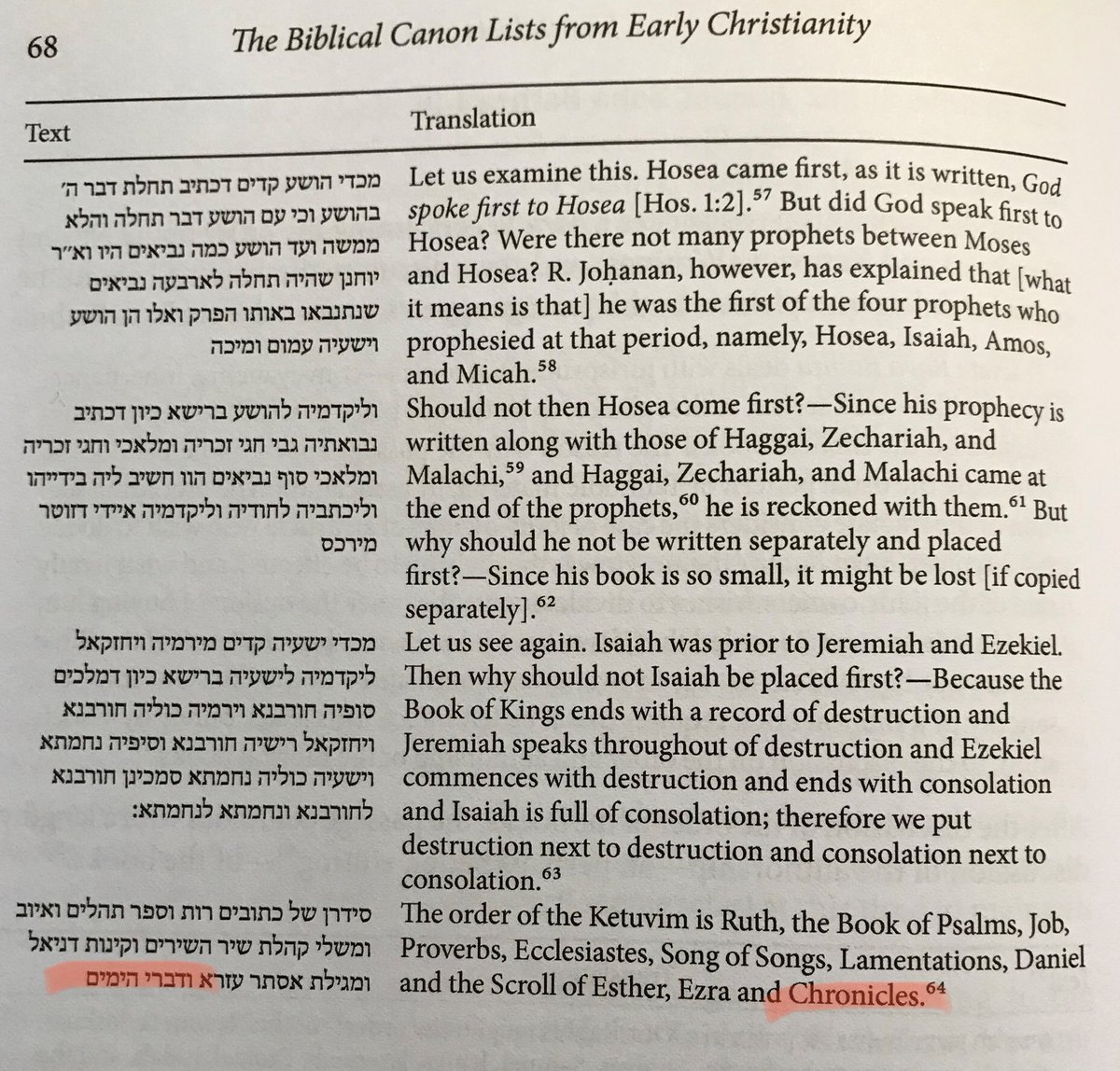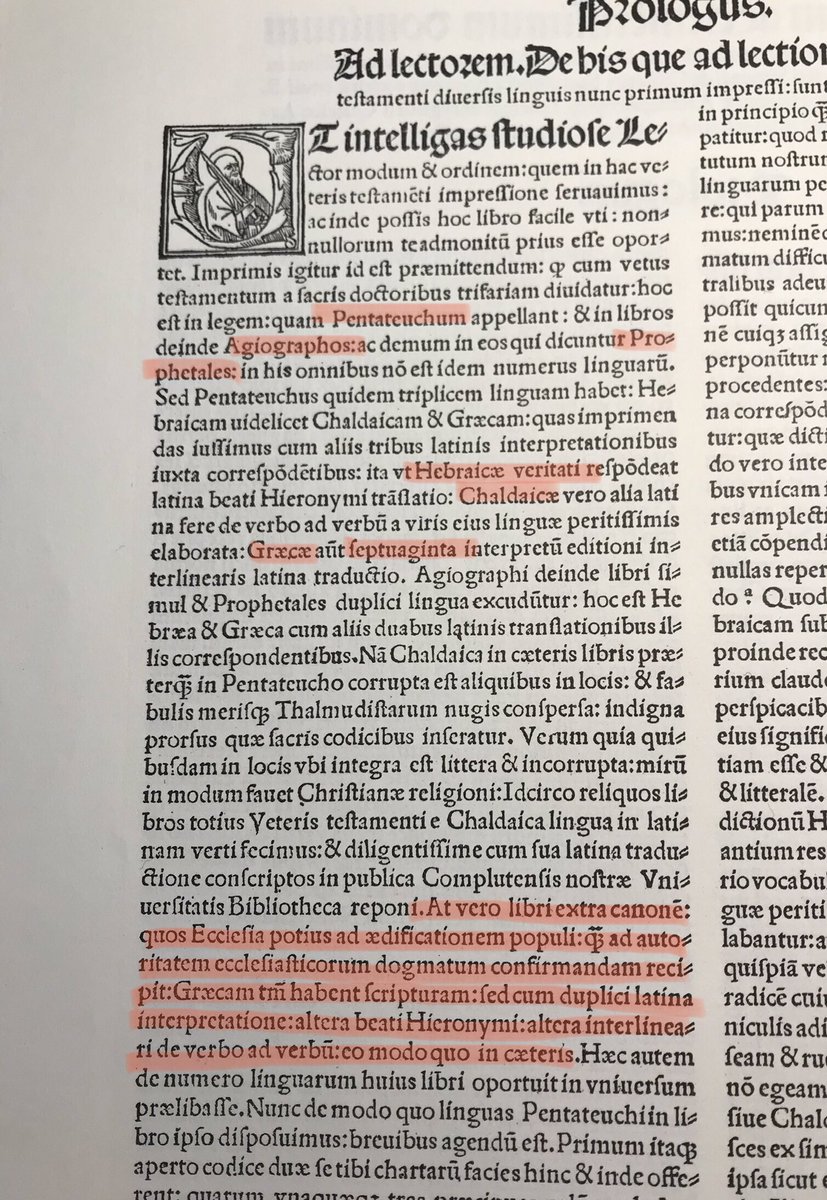
OT Prof @MBTS | Director @TextandCanon | Contributor @ETCtomwas | Editor @ https://t.co/DwWDcoGhfo | Author @ https://t.co/1cyVgxJyAw
How to get URL link on X (Twitter) App


 First, Ferguson concluded that the earliest subjects of baptism (= submersion with exceptions) in the New Testament and early Church were pious believers (cf. p. 855).
First, Ferguson concluded that the earliest subjects of baptism (= submersion with exceptions) in the New Testament and early Church were pious believers (cf. p. 855). 

 he was Professor of the Heidelberg Institute of Papyrology, the first to hold this esteemed position. But I knew him for the work that he and his wife, Ursula, produced over many weekends by collating and editing manuscripts: a critical edition of the oldest catena of Job. ->
he was Professor of the Heidelberg Institute of Papyrology, the first to hold this esteemed position. But I knew him for the work that he and his wife, Ursula, produced over many weekends by collating and editing manuscripts: a critical edition of the oldest catena of Job. ->



 When you’ve seen a family of desert quail moving from place to place, you stop and ponder how the Lord cares for them in this dry wilderness. He has cared for me and my family abundantly more.
When you’ve seen a family of desert quail moving from place to place, you stop and ponder how the Lord cares for them in this dry wilderness. He has cared for me and my family abundantly more. https://twitter.com/NickDiFabio1/status/1883868229065392380Thus, it's challenging to argue that Enoch was banned from the Bible if it wasn't there in the first place.
https://twitter.com/CTmagazine/status/1549124903705649156I suspect that how we read the Deuteronomistic History will largely control how we read these horrific narratives.

 … University and in many other pieces of western art. Typically, the art is inspired by the inspired text, but this is a case where we must now ask “Which text is doing the inspiring?” 2/
… University and in many other pieces of western art. Typically, the art is inspired by the inspired text, but this is a case where we must now ask “Which text is doing the inspiring?” 2/ 
https://twitter.com/ThabitiAnyabwil/status/13048507946892902411) The literal reading starts in Exod 6 with the freeing of the family of Abraham, Isaac, and Jacob, a covenantal approach to a specific oppression in Egypt, which liberation theologians exploit to mean ending all oppression everywhere. But...



 2/
2/